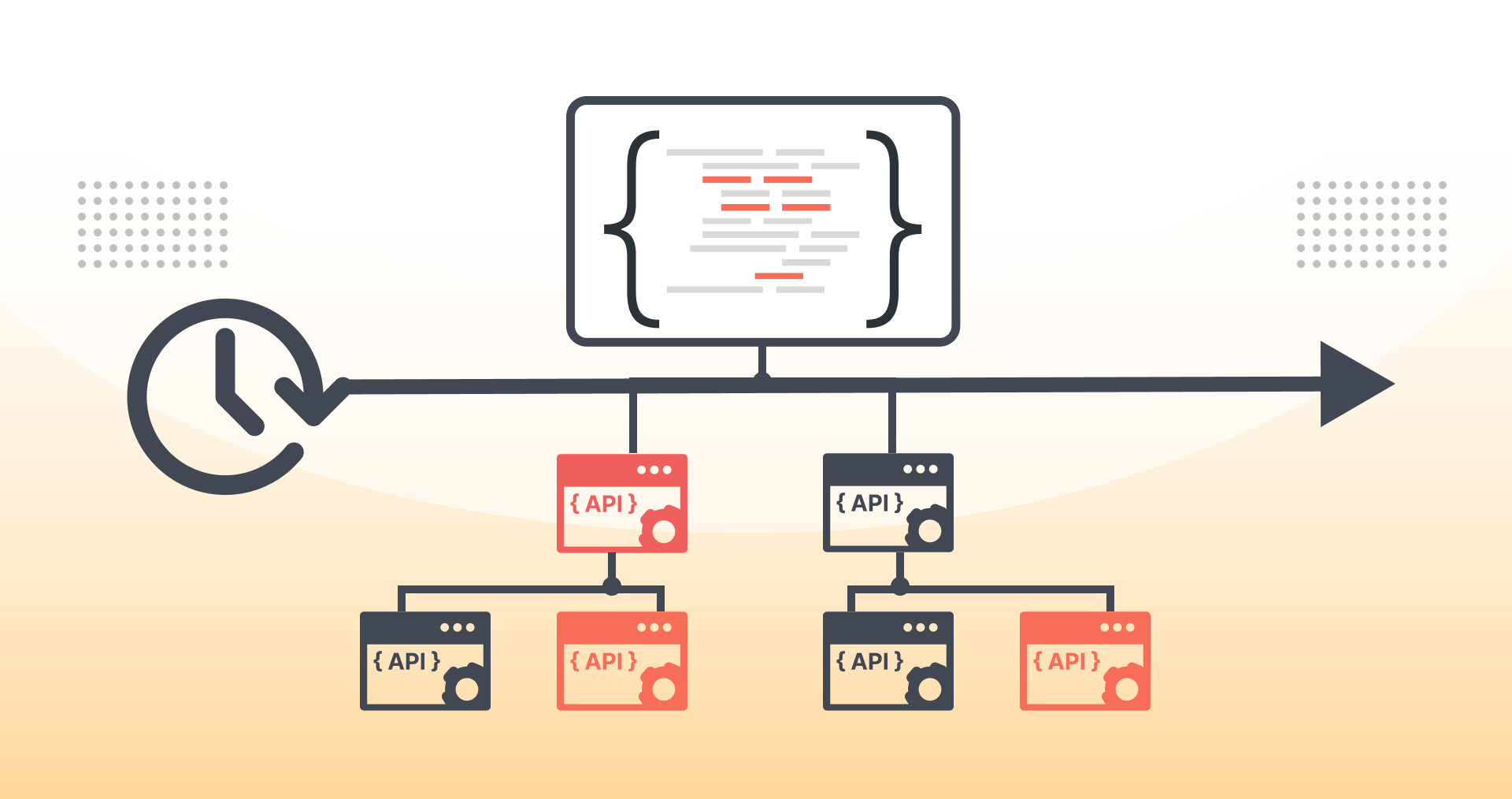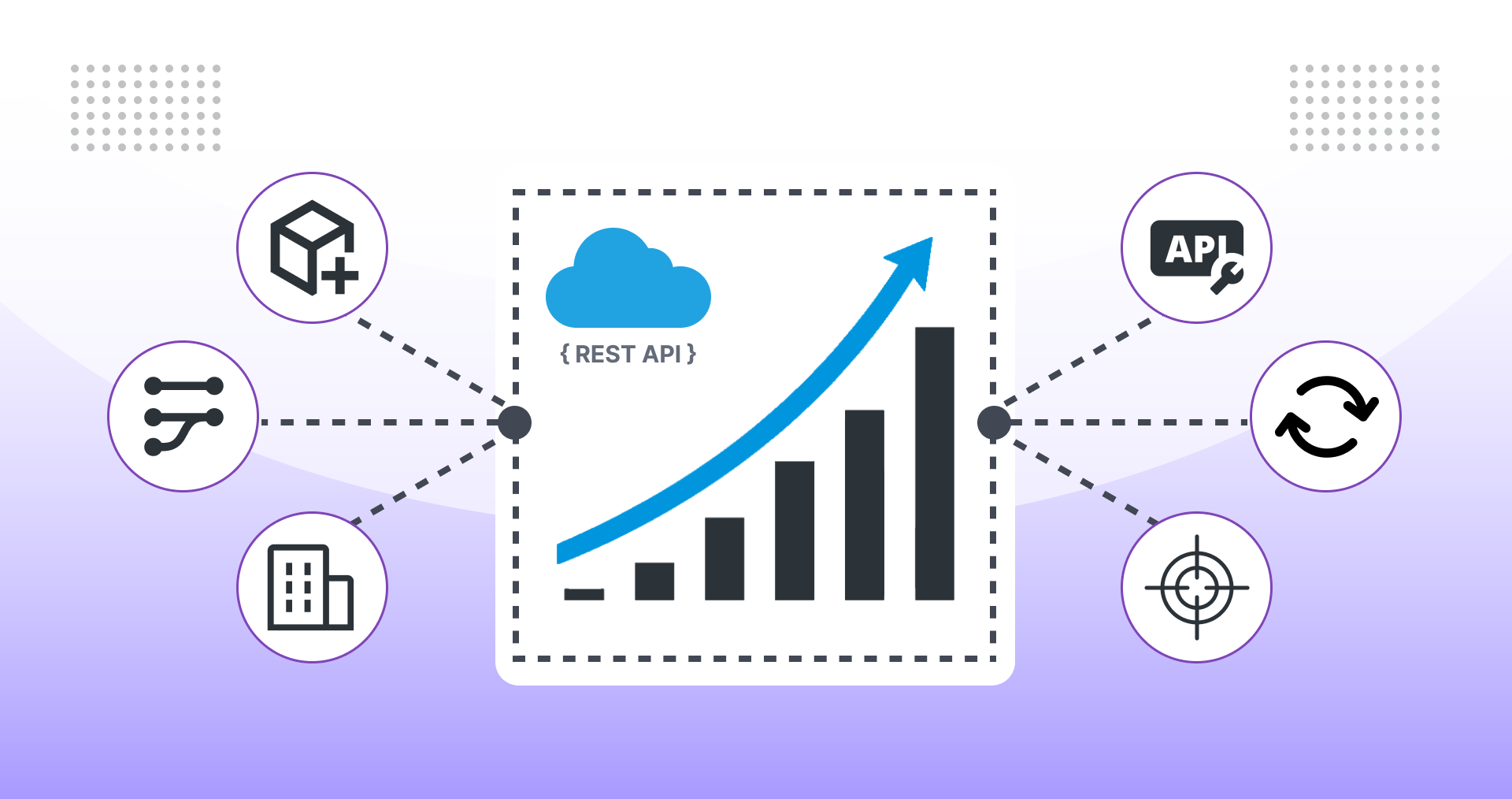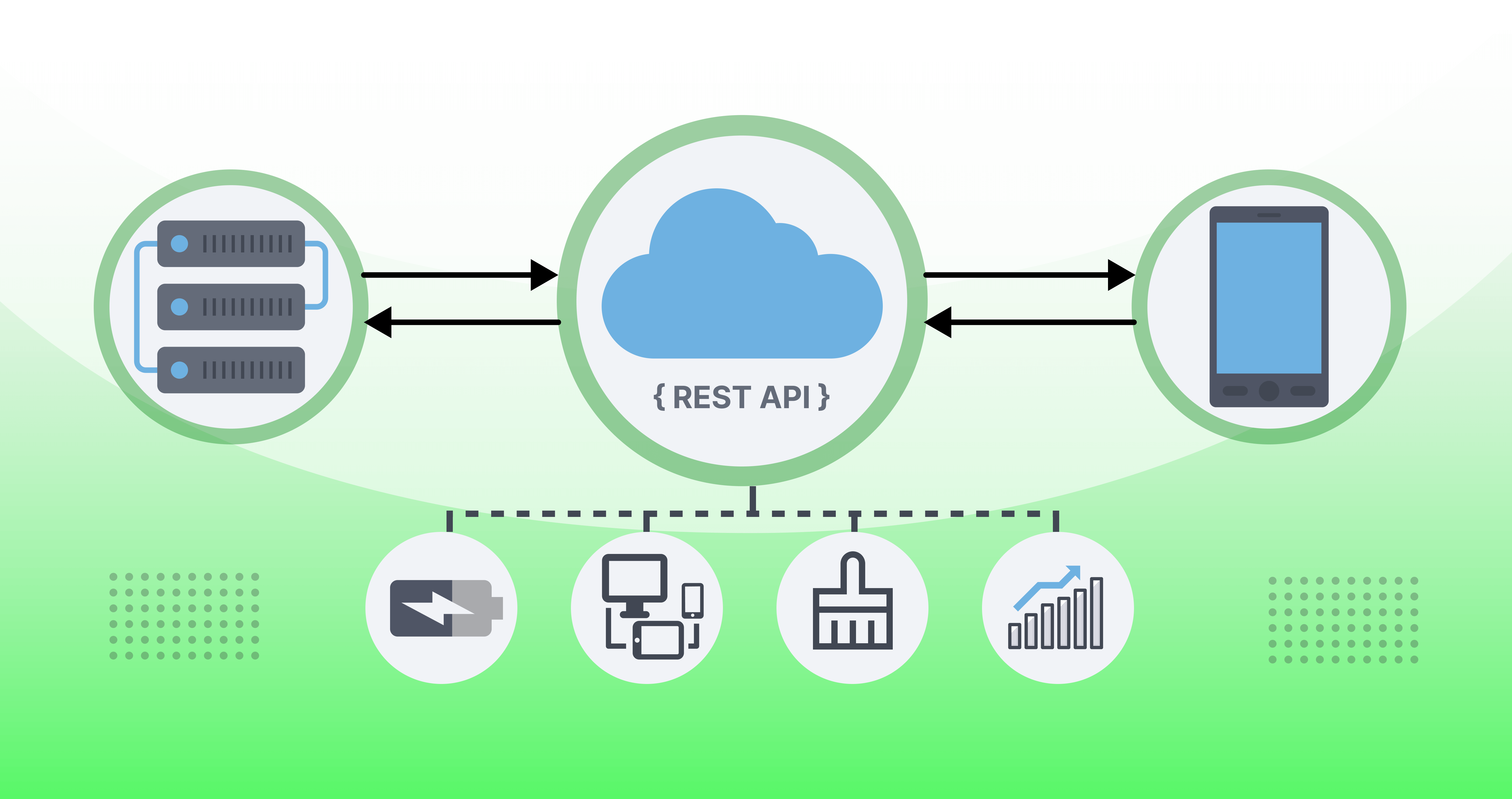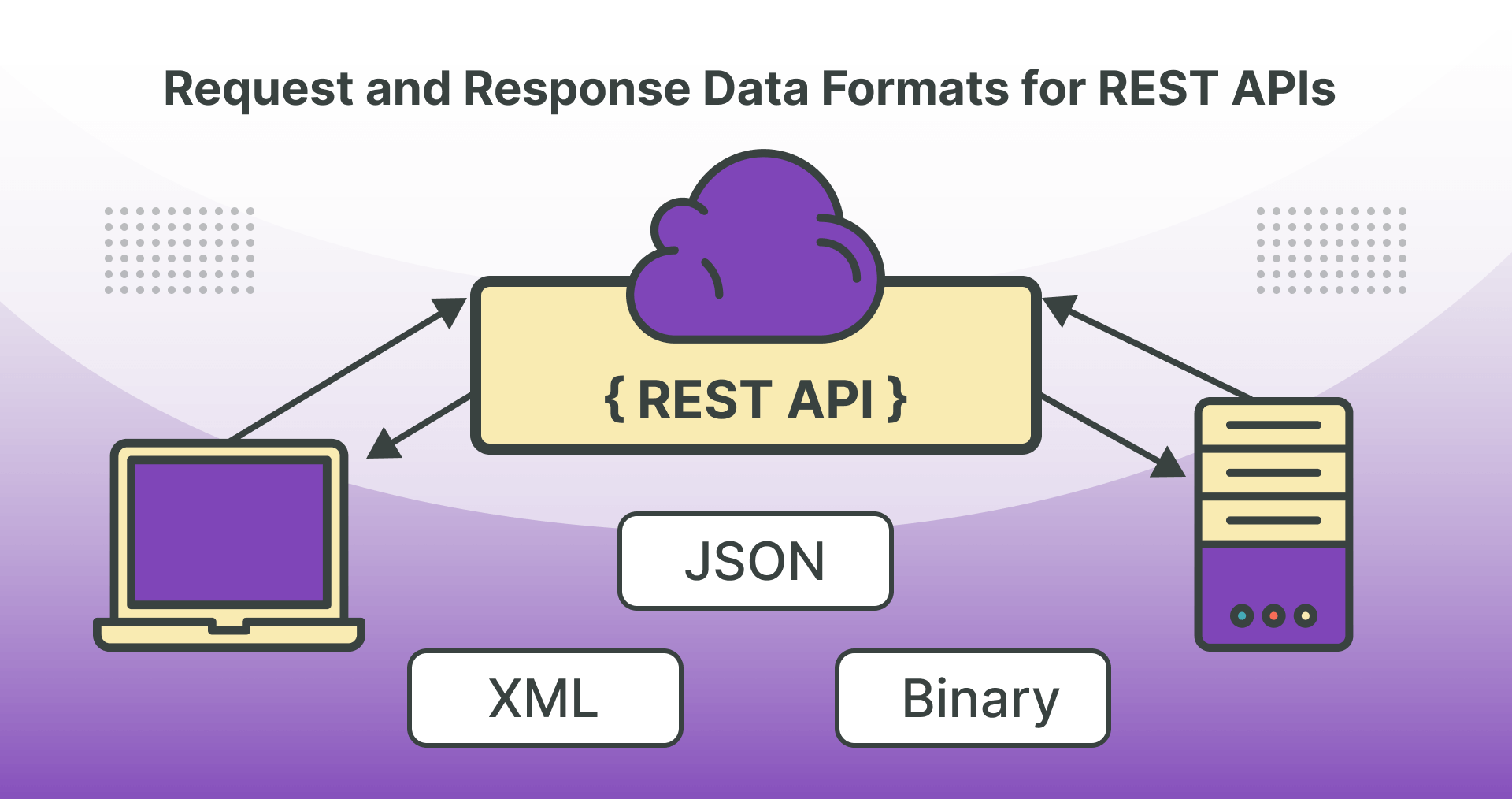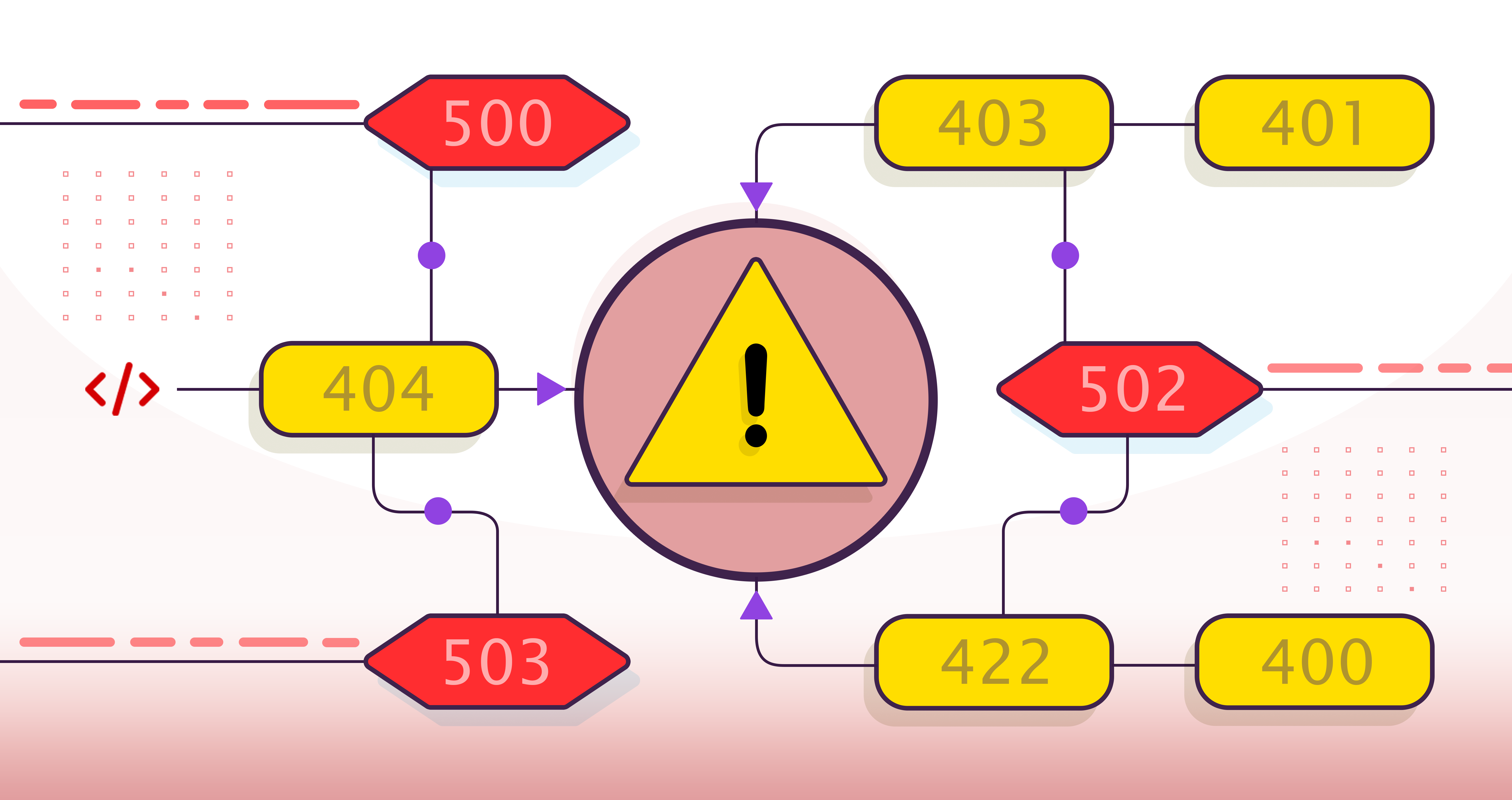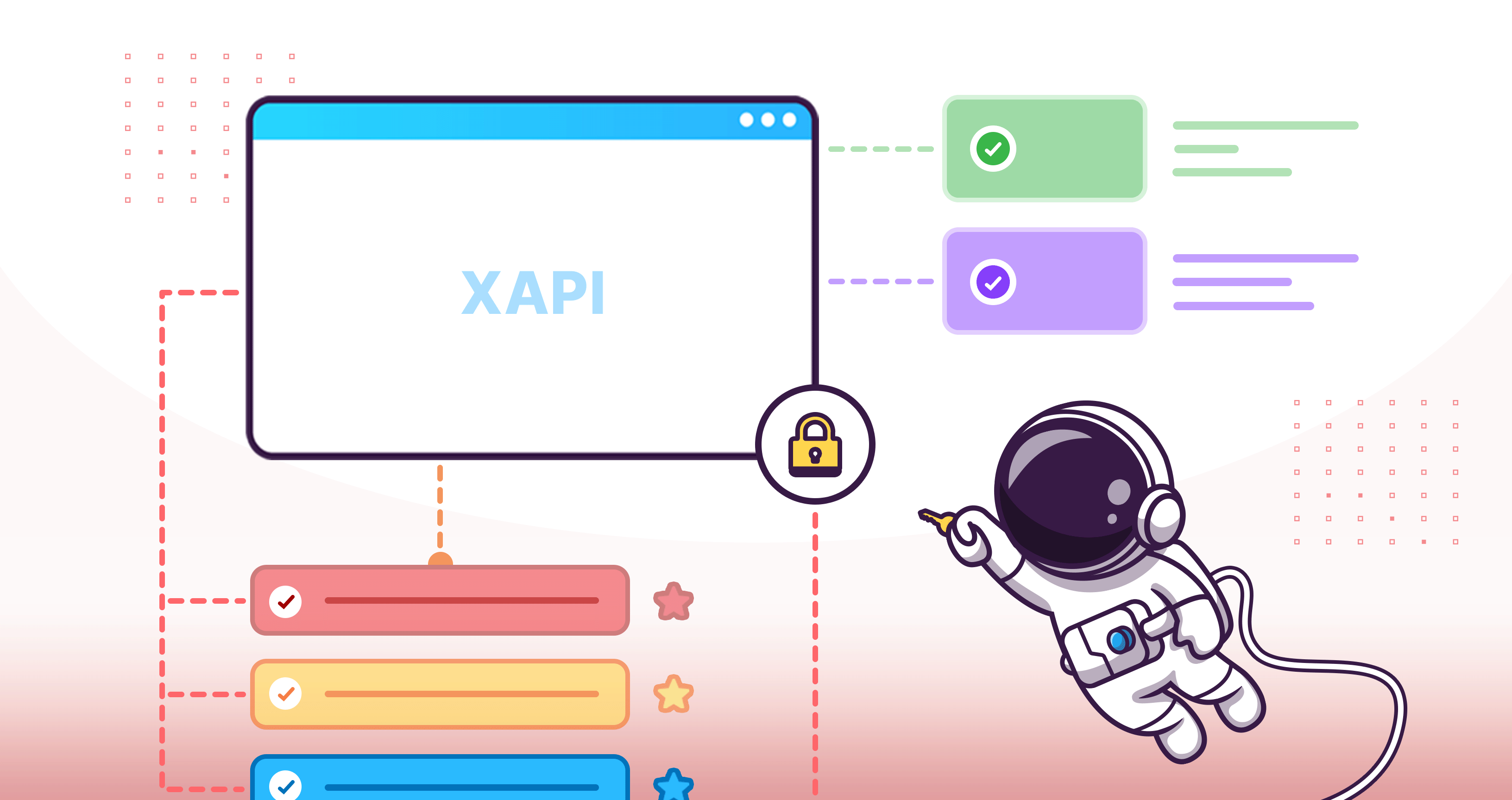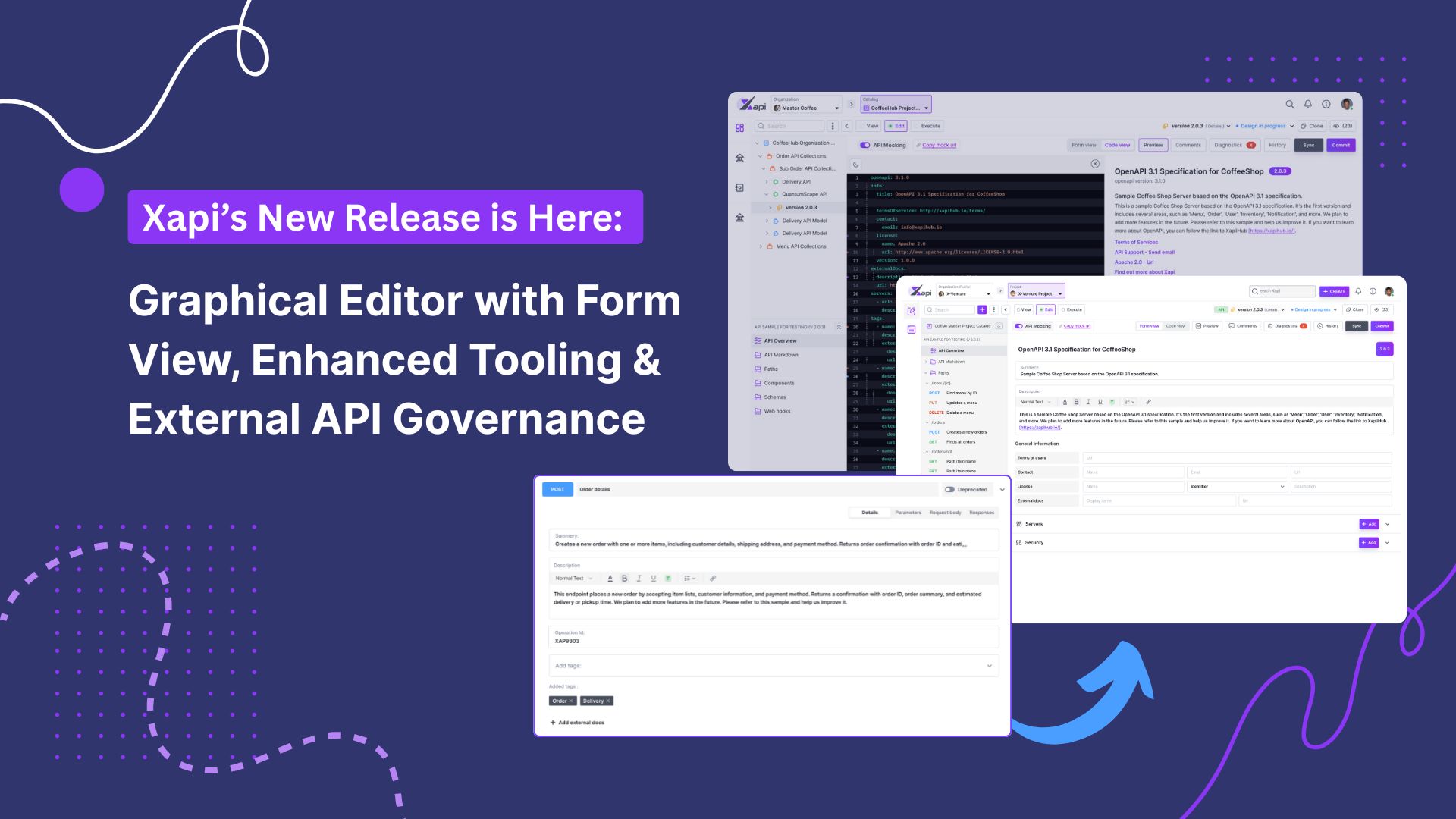Understanding REST API Architectural Styles and Design Patterns

Chavinda Rashmika
18 August,2023 •
3 mins read
Representational State Transfer (REST) has emerged as the most popular architectural style for designing Application Programming Interfaces (APIs). REST provides a set of guidelines and constraints that promote scalability, simplicity, and modifiability in web services. In this blog, we will dive into the different architectural styles and design patterns used in REST API designs.
What is a REST API?
REST is an architectural style that defines a set of constraints for designing networked applications. APIs that conform to the REST constraints and principles are popularly known as RESTful APIs.
RESTful APIs use HTTP methods such as GET, POST, PUT, and DELETE to perform Create, Read, Update, Delete (CRUD) operations on resources that are represented as URLs. These APIs transfer data in a stateless manner, meaning each request from a client to the server must contain all the information needed to understand and process it.
Architectural Styles and Design Patterns for REST API Designs
While architectural styles describe a set of principles and practices that provide an abstract framework for system structure, design patterns provide template solutions that address common problems. REST API architectural styles and design patterns play a significant role in creating efficient, scalable, and maintainable web services. Below are the main architecture styles and design patterns that are used in REST API designs.
-
Layered Architecture
The layered architectural style involves organizing the API into multiple layers, each responsible for specific functions. This promotes the separation of concerns, making the system more maintainable and scalable. Common layers include presentation, business logic, and data storage.
-
Client-Server Architecture
In this style, the client and server act as separate entities that communicate over a network. The client is responsible for the user interface, while the server handles the application's core functionality and data storage. This separation allows for better scalability and independence of concerns.
-
Resource-Oriented Architecture
Following the resource-based principle, this style focuses on designing APIs around resources and their interactions. Each resource is assigned a unique URL, and clients interact with these resources using standard HTTP methods.
-
Repository Pattern
The repository pattern abstracts the data access layer from the rest of the API. It provides a consistent interface for data storage operations, making it easier to switch between different data sources without affecting the higher layers.
-
Singleton Pattern
The singleton pattern ensures that a class has only one instance and provides global access to it. In REST APIs, this can be used for global configurations or shared resources.
-
Pagination
When dealing with large collections of resources, pagination is essential to improve API performance. Clients can request subsets of data using parameters like "limit" and "offset”.
Conclusion
Understanding these REST API architectural styles and design patterns is crucial for developers to build robust and efficient APIs. By following these architectural styles and design patterns, APIs can be designed in a more scalable and modifiable fashion.

Chavinda Rashmika
Business Analyst at X-Venture.



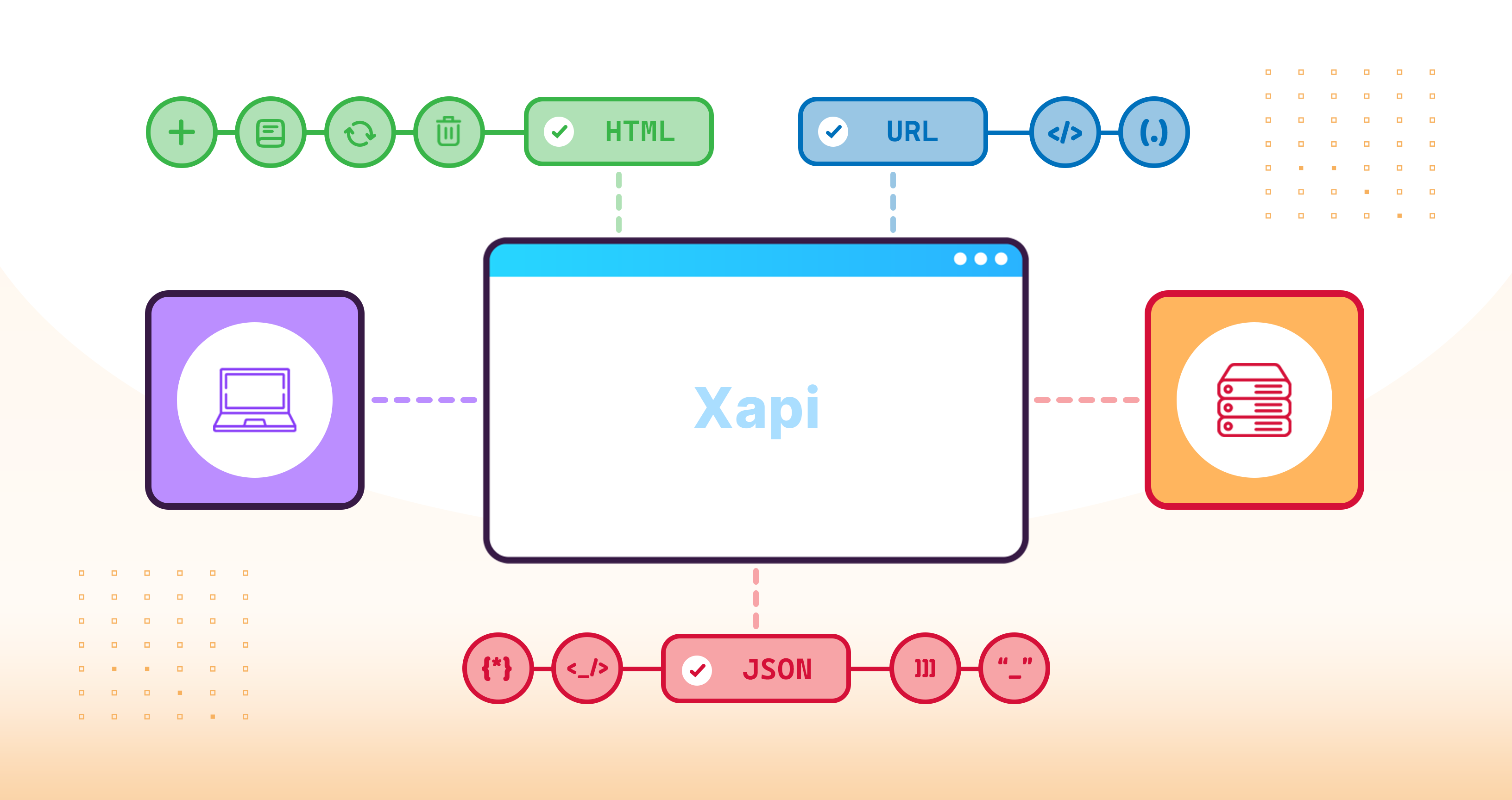


.jpg)

.png)


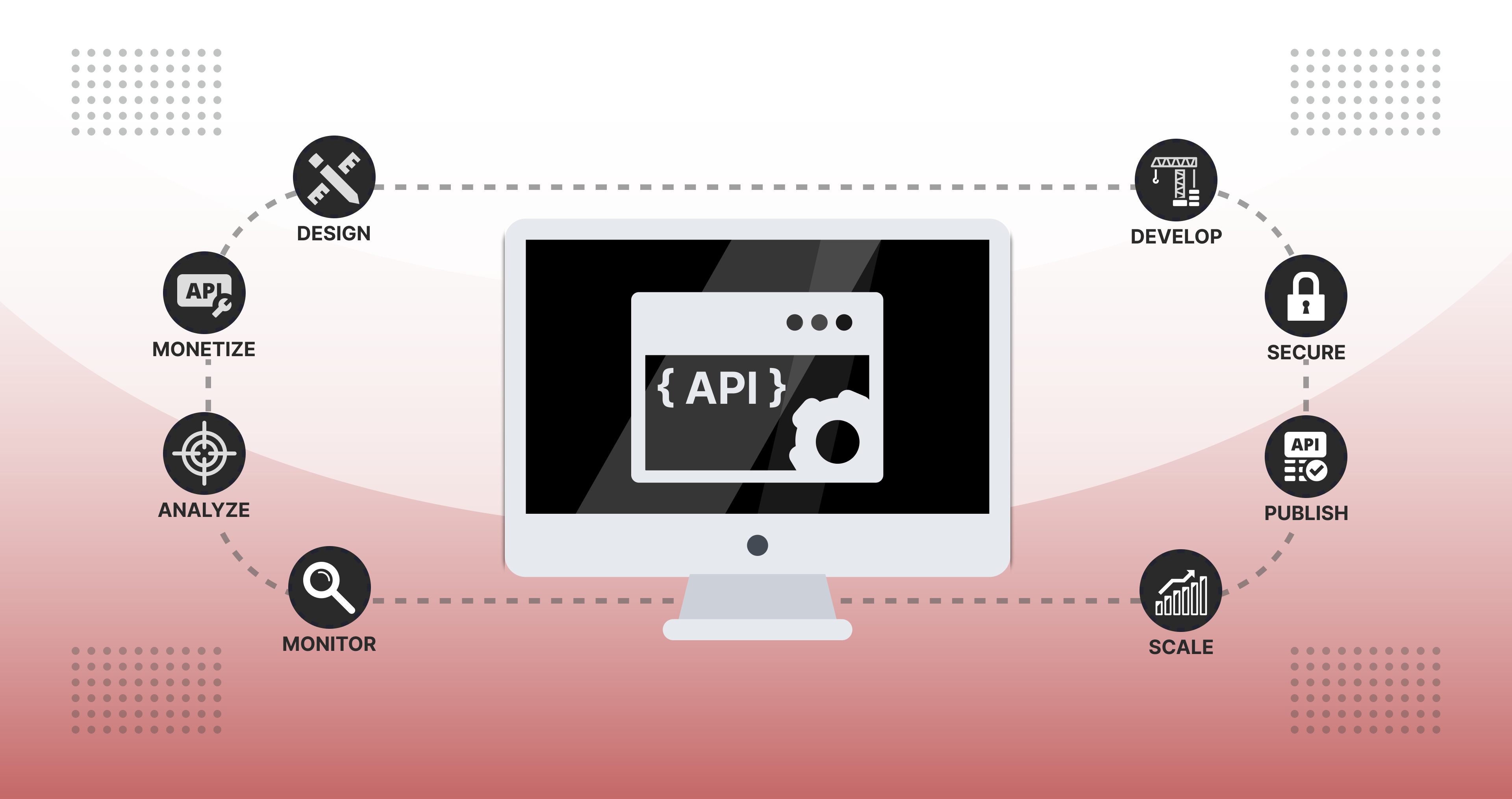
.jpg)
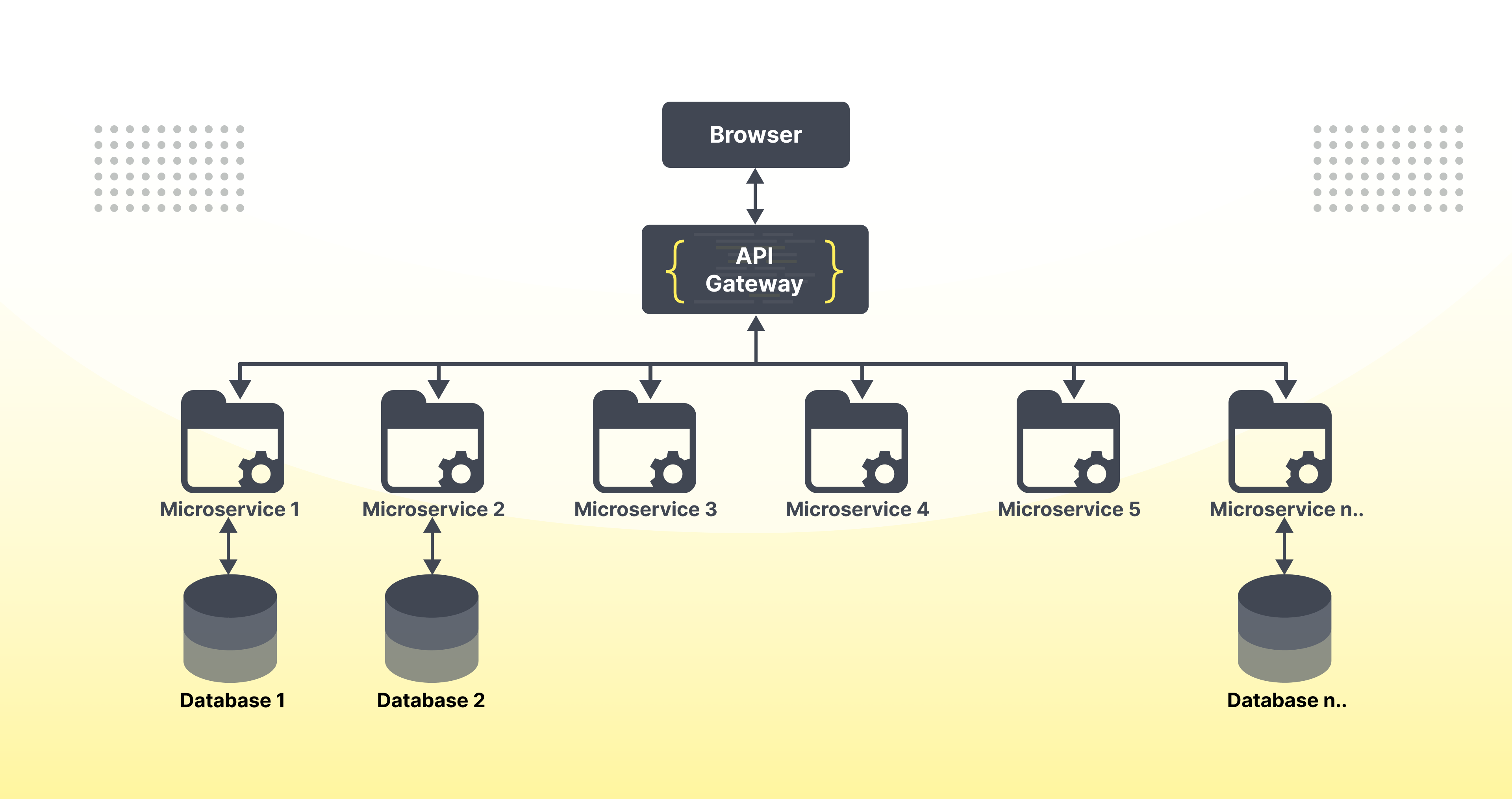





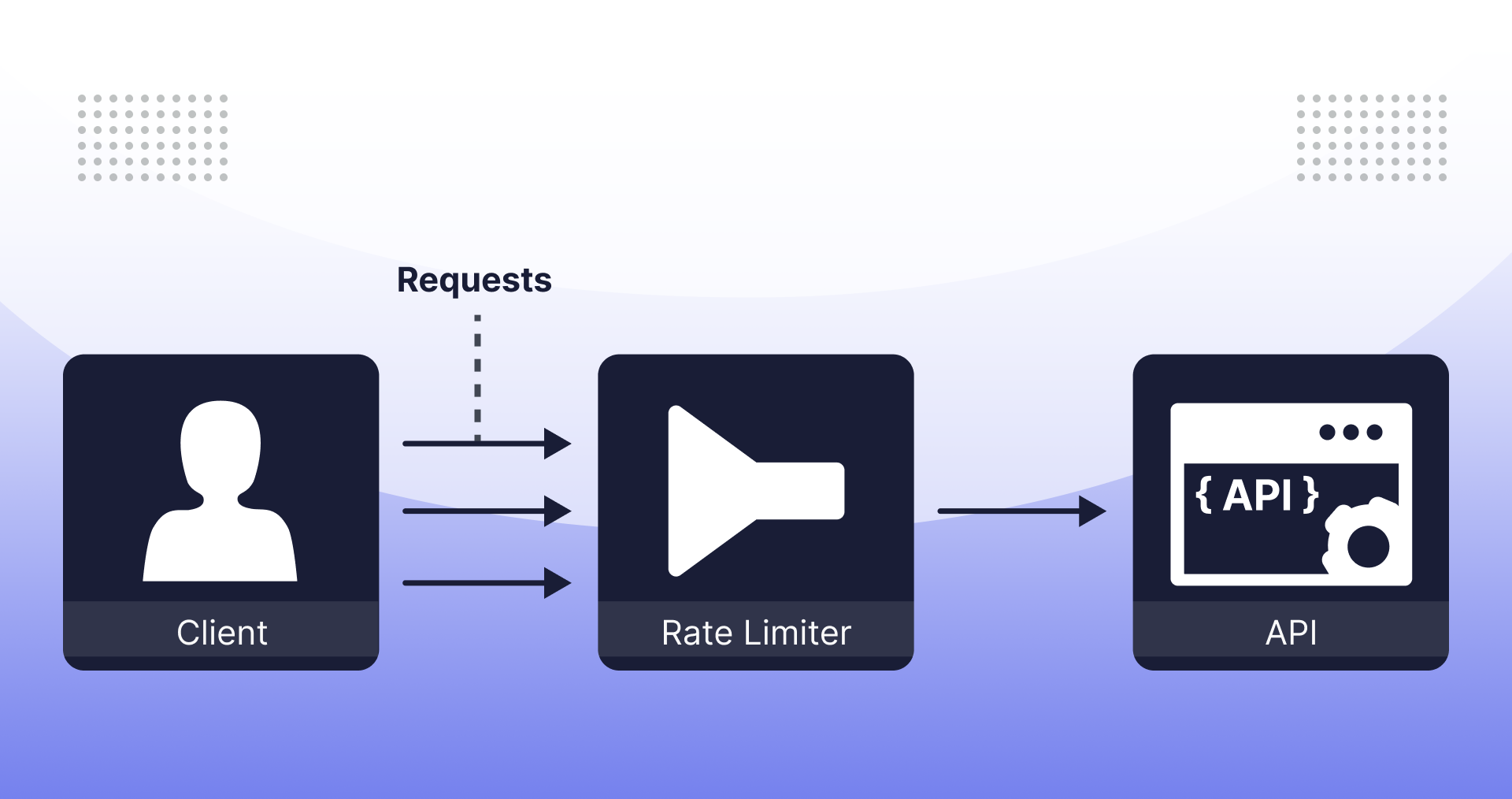





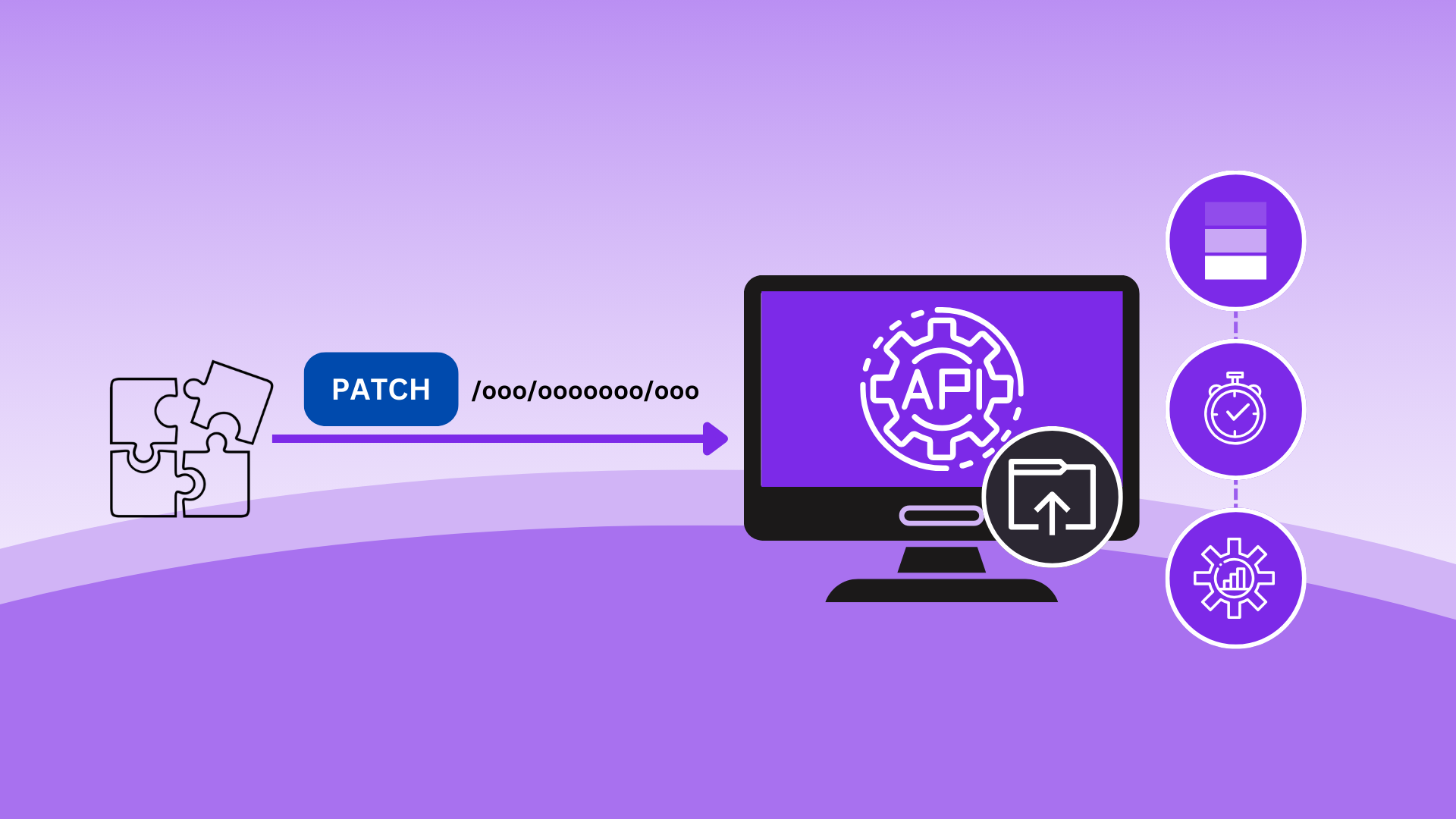
.jpeg)
